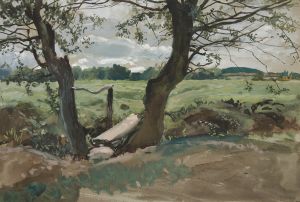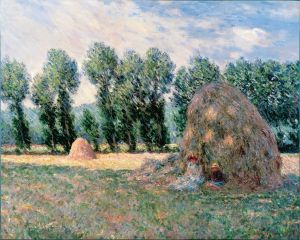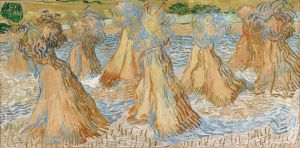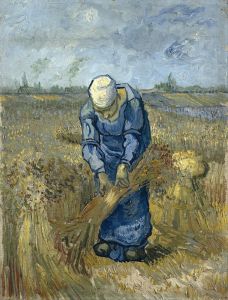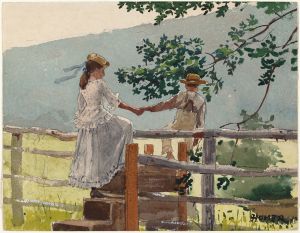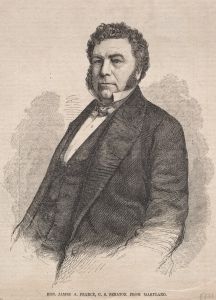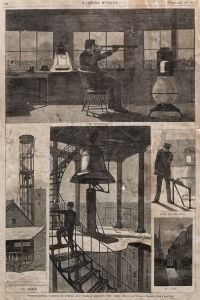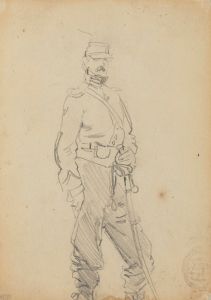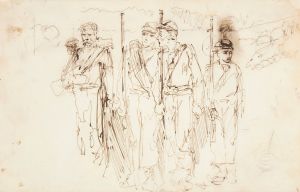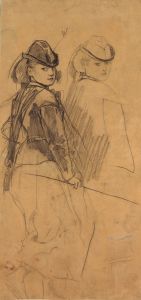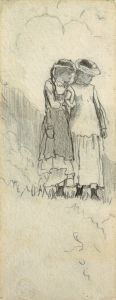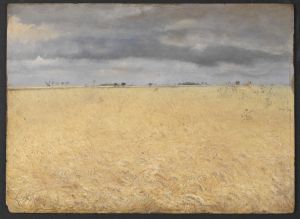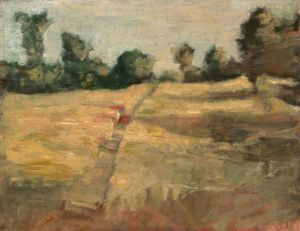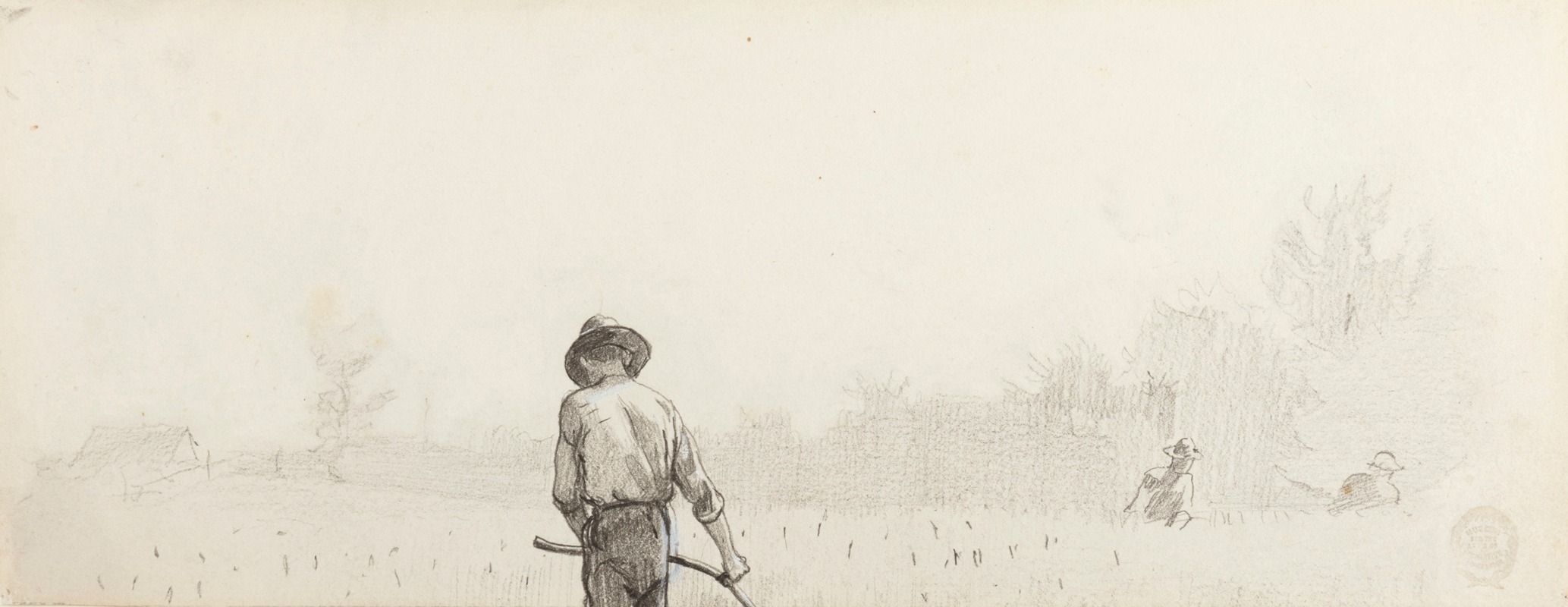
Man with a Scythe
A hand-painted replica of Winslow Homer’s masterpiece Man with a Scythe, meticulously crafted by professional artists to capture the true essence of the original. Each piece is created with museum-quality canvas and rare mineral pigments, carefully painted by experienced artists with delicate brushstrokes and rich, layered colors to perfectly recreate the texture of the original artwork. Unlike machine-printed reproductions, this hand-painted version brings the painting to life, infused with the artist’s emotions and skill in every stroke. Whether for personal collection or home decoration, it instantly elevates the artistic atmosphere of any space.
"Man with a Scythe" is a painting by the American artist Winslow Homer, created in 1866. Homer is renowned for his landscape paintings and depictions of American life, and this work is an excellent example of his early career focus on rural and agrarian themes.
The painting portrays a solitary male figure engaged in the act of scything, a traditional method of cutting grass or grain. The man is depicted in the midst of a field, surrounded by tall grasses, which emphasizes the labor-intensive nature of his work. The scythe, a long-handled tool with a curved blade, is held firmly in his hands, suggesting both the physical effort required and the skill involved in using such an implement.
Homer's use of light and shadow in "Man with a Scythe" is particularly noteworthy. The sunlight illuminates the scene, casting shadows that add depth and dimension to the figure and the surrounding landscape. This technique highlights Homer's ability to capture the natural environment and the human figure within it, a skill that would become a hallmark of his later works.
The painting reflects the post-Civil War period in America, a time when the country was undergoing significant social and economic changes. The depiction of a lone worker in the field can be seen as a nod to the nation's agrarian roots and the importance of agriculture in the American economy. It also underscores the theme of individual labor and the connection between humans and the land, which were central to the American identity during this era.
"Man with a Scythe" is part of a larger body of work by Homer that explores rural life and the American landscape. His paintings from this period often feature scenes of everyday activities, rendered with a sense of realism and attention to detail that captures the essence of the time. This focus on ordinary subjects and the natural world would continue to define Homer's artistic output throughout his career.
The painting is currently housed in the collection of the Smithsonian American Art Museum in Washington, D.C. It remains an important piece within Homer's oeuvre, offering insight into his early artistic development and his engagement with themes of labor, nature, and American life.
Overall, "Man with a Scythe" exemplifies Winslow Homer's early work and his ability to convey the beauty and complexity of rural America through his art. The painting stands as a testament to his skill in capturing the interplay between light, shadow, and form, as well as his deep appreciation for the American landscape and the people who inhabit it.





